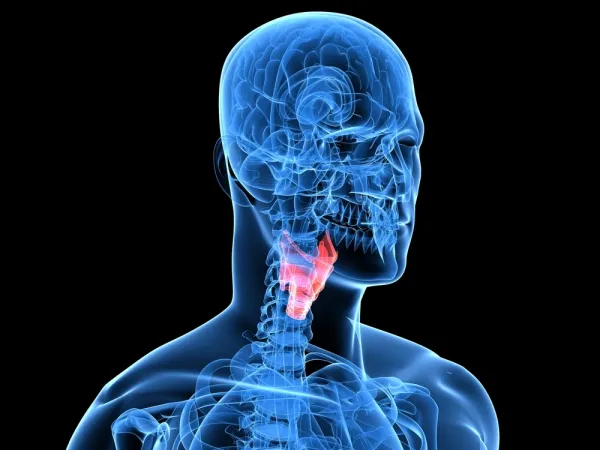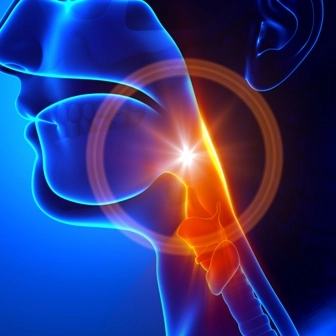Don't Forget: '2018' Dx Revisions Start October 1
Ensure future ‘quality’ pay with accurate diagnoses. Your general surgery practice faces a host of ICD-10-CM changes that could impact how you code your cases. Allow our experts to unpack the roughly 750 additions, deletions, and revisions to make sure you see the changes you need to know now. Remember: Proper diagnosis coding demonstrates medical necessity for your surgeons work. Plus, Medicare quality reporting programs rely on appropriate diagnosis coding to evaluate appropriate procedures — so missing the boat now could impact your bottom line later. “It is important to remain in compliance with ICD-10-CM coding and quality measures,” affirms Michele Midkiff, CPC-I, RCC, a coding consultant in Mountain View, CA. Update Intestinal Obstruction Coding When operating for intestinal blockage, your surgeon will need to start denoting the obstruction as complete or partial if you want to report the most specific ICD-10 code for the condition. The 2018 update adds a sixth-digit designation to several codes to help you capture that information, such as the following: In addition to partial versus complete, your surgeon will also need to designate whether intestinal adhesions or obstructions originate as postprocedural or postinfection. You can see these changes in the following codes: Revise K56.5- (Intestinal adhesions [bands] with obstruction (postprocedural) (postinfection)) to drop the postprocedural designation, then add a fifth digit to specify partial versus complete obstruction, as follows: Add a fifth digit to the postprocedural intestinal obstruction codes, as follows, to denote partial versus complete: Expand Non-Pressure-Ulcer Options When your general surgeon performs a procedure such as incision and drainage or flap reconstruction of non-pressure chronic ulcers, you’ll need to gather more specific information regarding tissue involvement if you want to report the most accurate code beginning October 1. For instance, ICD-10-CM 2018 adds a sixth digit to the following codes to distinguish muscle, bone, or other severe involvement in a treated chronic ulcer: You’ll find the same new sixth digit distinctions for muscle (5), bone (6), or other (8) involvement added to the following codes: These new codes are a good opportunity to talk to your providers and remind them to always clearly document laterality, whether the service is an E/M or a surgery, says Terri Brame Joy, MBA, CPC, COC, CGSC, CPC-I, director of operations with Encounter Telehealth in Omaha, Nebraska. Add Details to ‘Breast Lump’ Procedures When your surgeon performs a breast procedure, from fine needle aspiration (such as 10022, Fine needle aspiration; with imaging guidance) to biopsy (such as 19101, Biopsy of breast; open, incisional) to mastectomy (such as 19303, Mastectomy, simple, complete), you’ll need to have more info on the anatomic site if you want to assign the correct ICD-10 beginning October 1. The latest update to the code set adds new codes with fourth and fifth-digit specificity based on laterality and breast quadrant, as follows: The index also revises the entry for Breast Nodule to “Breast Nodule (see also Lump, breast) N63.0.” Tip: “You should be waiting for the pathology report and using the final diagnosis to report your surgeon’s diagnostic and therapeutic breast procedures, so your practice should not be using these ‘unspecified lump’ codes very often.” Joy says. Augment These Codes for Specificity Here’s a sampling of some other new codes your general surgery practice might encounter that require extra digits for more specific reporting in ICD-10-CM 2018: Plus, you’ll find the following expanded unilateral and bilateral testicular codes to specify abnormal site: Another change your surgeons might need to know is the revision of Q82.2 from Mastocytosis to Congenital cutaneous mastocytosis, and the addition of descriptors under this code for congenital diffuse cutaneous mastocytosis, congenital maculopapular cutaneous mastocytosis, and congenital urticaria pigmentosa. There’s More We could only touch the highlights in this introduction to ICD-10 for 2018 — there are other changes that might impact your surgery practice. Although the sheer number of code revisions is daunting, remember that many represent simple editorial changes, such as correcting typos, which won’t change when or how you report the codes. Stay tuned to General Surgery Coding Alert for more ICD-10-CM 2018 updates and impacts. Plus, you can access the file yourself at www.cms.gov/Medicare/Coding/ICD10/2018-ICD-10-CM-and-GEMs.html. You should use these codes October 1, 2017 through September 30, 2018. To help with the transition, General Equivalence Mappings (GEMs) will be available sometime in August 2017.




